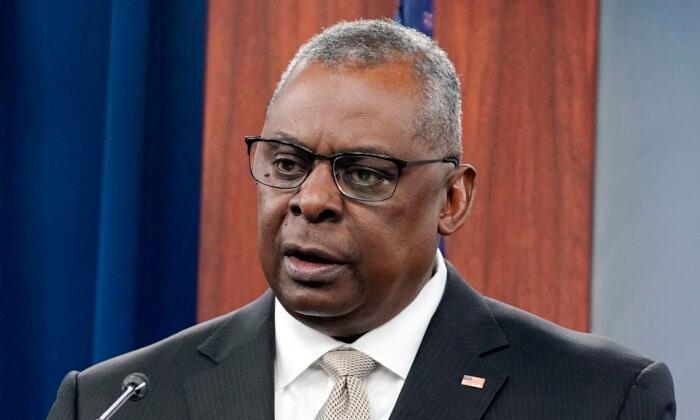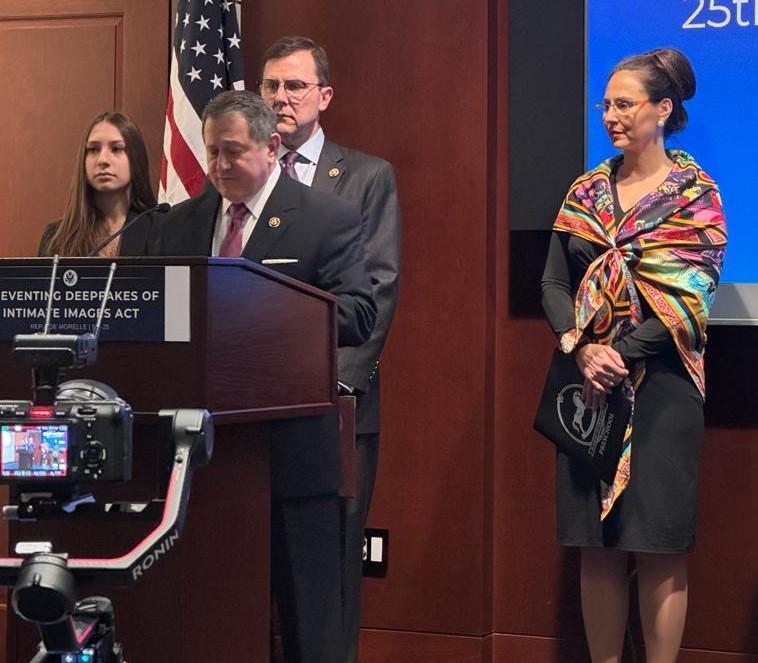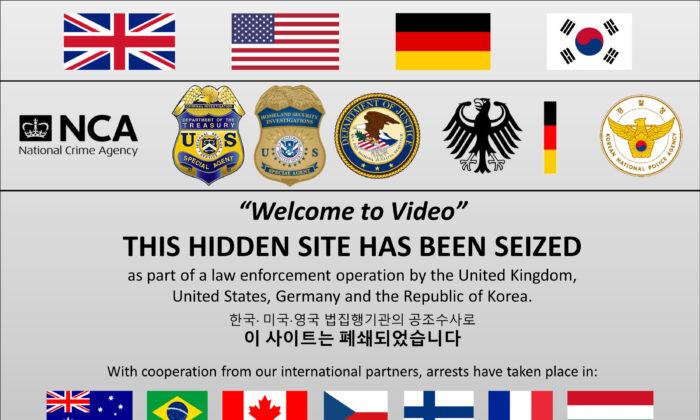Twenty years after the launch of the U.S.-led coalition invasion of Iraq, Secretary of Defense Lloyd Austin made an unannounced visit to Baghdad on March 7 to meet with the nation’s prime minister Mohammed Shia al-Sudani.
Austin is on a multi-day tour of the Middle East during which he will meet with the leaders of nations that are allied with the United States.
The focus of Austin’s meeting with al-Sudani was to discuss the future of the U.S. troop presence in Iraq.
There are 2,500 U.S. troops in the country.
“I just concluded a productive meeting with Prime Minister Sudani and Minister of Defense Abbasi. This was just the latest high-level contact between our governments,” said Austin to a group of reporters in Baghdad. “And all of these engagements underscore the U.S. commitment to expanding our partnership with the people and the government of Iraq. We’re deeply committed to ensuring that the Iraqi people can live in peace and dignity, with safety and security and with economic opportunity for all.”
Austin mentioned Daesh in his comments, the terrorist group that in 2014—not long after the U.S. pulled most its forces from Iraq—commenced an offensive that eventually saw the organization control large areas of the country.
“You know, just a few years ago, Daesh was marching across Iraq, terrorizing its citizens and threatening the stability of the entire region,” said Austin. “In response, the United States convened the global coalition of 80 countries, and that coalition responded to the request of the sovereign government of Iraq to work alongside them to defeat this ruthless terrorist enemy.”
Austin commanded an American army infantry force on the ground during the 2003 invasion of Iraq. In 2011, he led and oversaw the withdrawal of U.S. troops from Iraq following the U.S. declaration that the goals of the invasion had been met.
The United States announced in early December 2021 that its combat mission in Iraq had ended, but that its troops would stay in the country.
At that time, commenting on the continued role of the U.S. forces in Iraq, Maj. Gen. John Brennan said, “as we complete our combat role, we will remain here to advise, assist, and enable the ISF [Iraq Security Forces], at the invitation of Republic of Iraq.”

Coalition forces, composed primarily of U.S. troops, with the United Kingdom providing the bulk of support assistance, invaded Iraq following former President George Bush’s claim that former Iraq President Saddam Hussein and his regime had weapons of mass destruction.
Hussein had been given a deadline to step down as president or face military action. Saddam refused to vacate the presidency, and ordered his forces to oppose an invasion; and he went into hiding.
Although the United States and its allies crushed Saddam’s forces in three weeks, with relatively few casualties, guerilla attacks continued on coalition forces and American soldiers continued to see heavy combat and suffer death and injury.
U.S. soldiers captured Saddam Hussein in early December 2003, and turned him over to the new Iraqi government, which tried him for crimes against humanity. He was convicted and sentenced to death by hanging, with the sentence carried out on the morning of Dec. 30, 2006.





